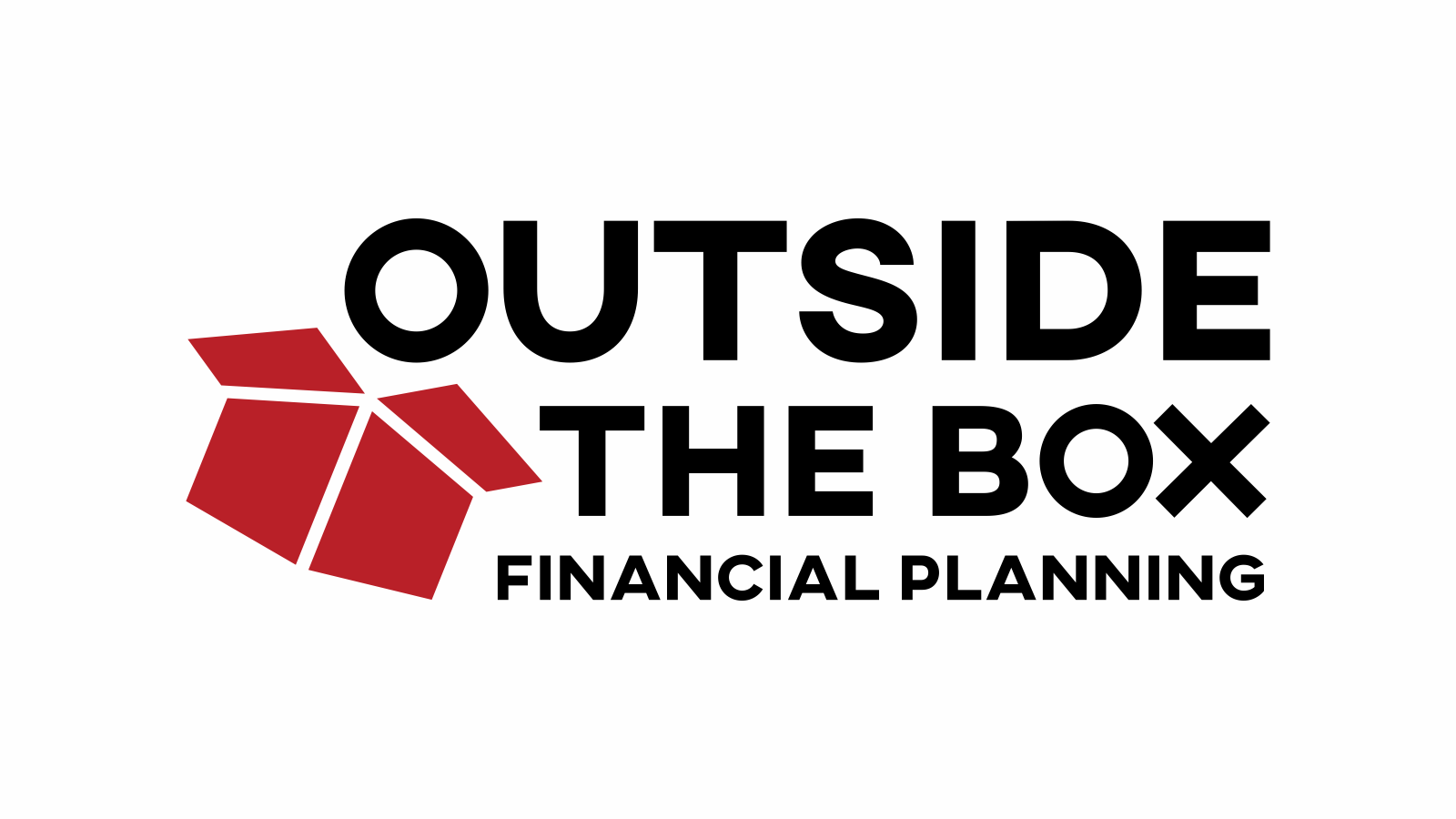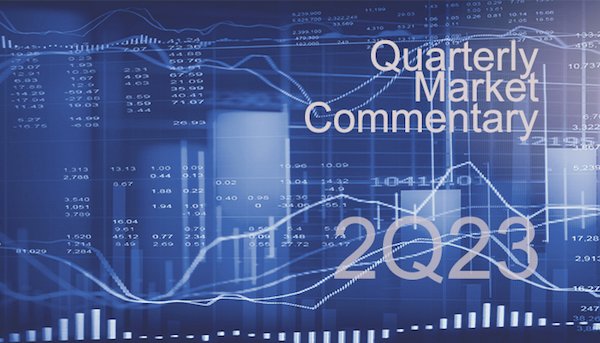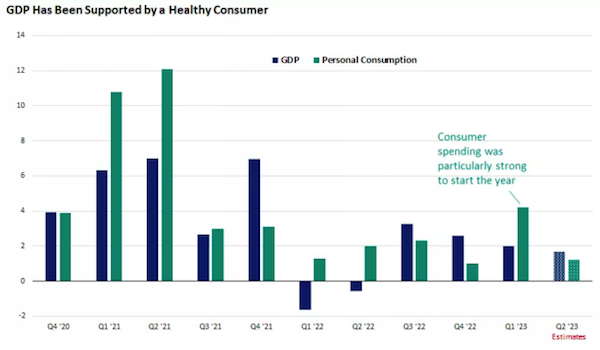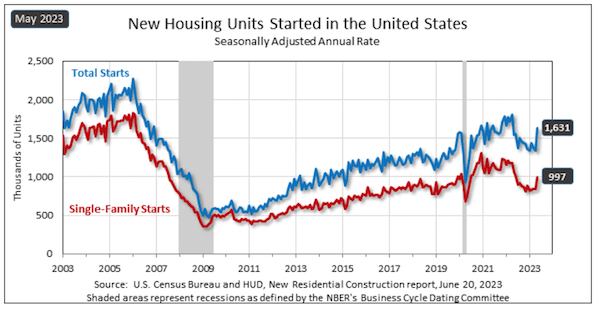Imagine you’re a skilled health professional, well-versed in the intricacies of patient care, yet finding yourself a bit overwhelmed by the complexities of managing personal finances. Navigating your financial health, much like treating a patient, requires a detailed understanding of the problem, a strategic approach, and ongoing adjustments to ensure the best outcomes. In this case, understanding your debt structure is like having a detailed medical chart – it's crucial for diagnosing the situation and planning the right course of action. In this journey towards financial stability, you’ll encounter different types of debt: mortgages, student loans, and credit card debt, each playing a vital role in shaping your financial well-being. So, how do you effectively manage these financial obligations? Let's delve into some practical strategies crafted to help you manage debt and achieve financial freedom, much like following a well-planned treatment protocol.
Assessing Your Debt Structure: The Initial Diagnosis
Just as you would assess a patient's overall health before deciding on a treatment plan, begin by taking stock of your current debt scenario. Your debt structure comprises various financial obligations such as mortgages, car payments, student loans, and credit card debt. List them all out, noting the interest rates and repayment terms for each. This assessment is your diagnostic tool, akin to a comprehensive medical chart that guides the formulation of a treatment plan. By understanding the specifics of your debt – the interest rates, repayment terms, and total amounts owed – you can craft a strategic debt management plan tailored to your situation.
Prioritize Your Financial Goals: Setting Treatment Priorities
Think of your financial goals as treatment priorities. Just as in medicine, where certain conditions must be addressed before others, your financial goals should be prioritized. Establish clear objectives – whether it’s building an emergency fund, saving for retirement, or funding your children’s education. These goals will direct your debt repayment efforts and wealth accumulation strategies. Aligning your debt management with these priorities ensures you stay focused and motivated, much like following a treatment plan designed to address the most critical health issues first.
“Once your financial priorities are funded, you can use the remaining income for discretionary spending, similar to how you might manage a patient’s treatment around essential and non-essential interventions.”
Creating a Budgetary Blueprint: Your Financial Treatment Plan
A well-defined budget is like a detailed treatment plan, guiding your financial decisions and ensuring you allocate resources efficiently. Adopt a top-down approach to budgeting, where you first allocate funds toward your financial priorities.
For example, if your goal is to save $30,000 annually for retirement and emergency funds, earmark a specific amount each month towards these objectives. Once your financial priorities are funded, you can use the remaining income for discretionary spending, similar to how you might manage a patient’s treatment around essential and non-essential interventions.
Tracking Your Progress: Regular Check-Ups
Consistent monitoring is crucial in both medicine and finance. Regularly review your budget, spending patterns, and debt repayment milestones. This is akin to scheduling regular check-ups to ensure the treatment is working and to make necessary adjustments. By tracking your financial progress, you can identify deviations from your plan early and take corrective action. This proactive approach helps you stay on course toward your financial goals, much like adjusting a treatment plan based on patient response.
Addressing Roadblocks and Challenges: Overcoming Financial Ailments
Just as patients may encounter complications, you may face financial roadblocks. These could be unexpected expenses, fluctuating interest rates, or lifestyle creep. It’s essential to anticipate and address these hurdles proactively.
Evaluate your spending habits, identify areas where you can cut back, and reassess your financial priorities if necessary. Adopting a flexible approach, much like adjusting a treatment protocol to better suit a patient’s changing needs, will help you overcome obstacles and stay on track towards your goals.
Seeking Professional Guidance: Consulting Financial Specialists
Navigating debt management can be daunting, much like diagnosing a complex medical condition. Seeking guidance from financial professionals – be it a financial planner, debt counselor, or investment advisor – can provide you with the expertise and personalized advice you need. Just as you would consult a specialist for a complicated health issue, leveraging professional expertise can streamline your journey towards financial stability. They can offer tailored solutions and strategies to manage your debt effectively, ensuring you’re making informed decisions.
“Remember, the path to financial freedom begins with informed decision-making and disciplined financial habits. ”
Conclusion: Achieving Financial Wellness
Mastering debt management is essential for financial success, empowering you to take control of your financial future and achieve lasting prosperity. By assessing your debt structure, prioritizing your financial goals, creating a budgetary blueprint, tracking your progress, addressing challenges, and seeking professional guidance, you can navigate through the complexities of debt management with confidence. Remember, the path to financial freedom begins with informed decision-making and disciplined financial habits. Start your journey today with the financial guidance of Outside The Box Financial Planning, much like a well-planned treatment regimen, and pave the way towards a brighter financial future.
Partnering with Outside The Box Financial Planning (OTBFP) offers numerous benefits for individuals seeking college planning, retirement planning, small business support, wealth management, and beyond. As a fee-only fiduciary with a comprehensive approach, unbiased advice, and transparent fee structure, OTBFP acts as a trusted advisor who prioritizes your best interests. Click here to schedule a complimentary “Fit” meeting to determine if we would make a good mutual fit.
Remember, financial decisions have long-lasting implications, and working with a professional like the financial professionals of Outside The Box Financial Planning can provide the expertise and guidance necessary to make informed choices that align with your financial aspirations.






































































